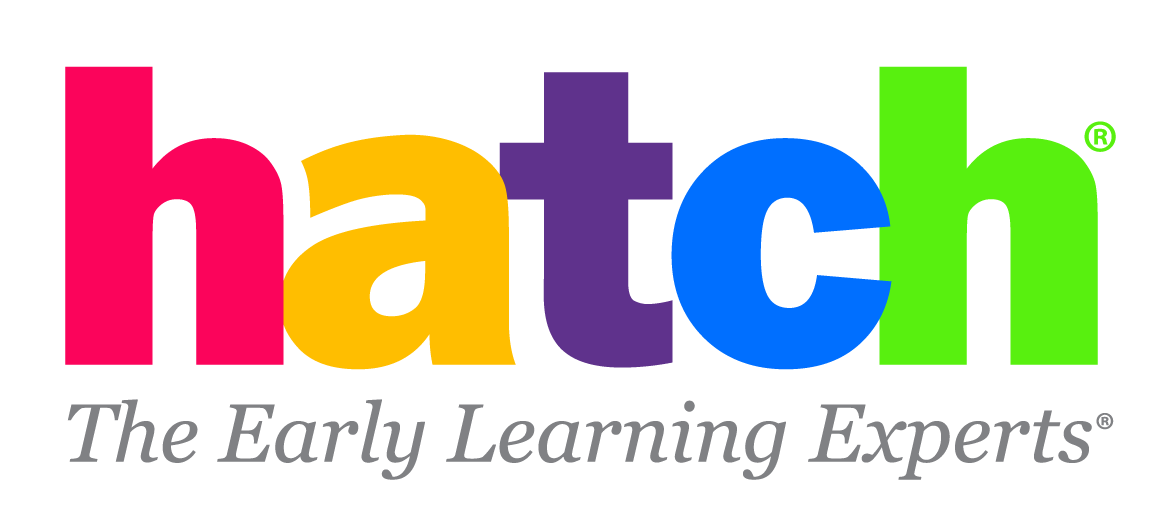With the increasing emphasis on the importance of adopting evidence-based, Science of Reading aligned materials to support literacy instruction, it is important for educational leaders to consider the five pillars of literacy and how they are addressed throughout the vast expanse of programs available.
The comprehensive literacy approach from Joy Allcock, coined the Speech-to-Sounds-to-Print Approach, is not only rooted in the five pillars of literacy, but also posits the addition of two: oral language and listening. In this regard, Allcock maintains that the true pillars of literacy are:
- Phonemic Awareness
- Phonics
- Fluency
- Vocabulary
- Comprehension
- Oral Language
- Listening
As such, Allcock’s approach offers a comprehensive approach to literacy, recognizing that before formal foundational skills instruction begins, children are enveloped in literacy daily through the oral language and listening skills developed over time in their environments. Indeed, these early skills serve as the springboard from which children can begin to learn the alphabetic code.
Esteemed researcher and author John Hattie celebrates Allcock’s “relentless focus…on teaching the skills for learning to read, write, and spell,” acknowledging that learning the skills necessary to read, “depends on knowledge and skills about print and oral language.” In this nature, Hattie endorses Allcock’s theory that oral language is deeply intertwined with foundational literacy skills development.
Allcock’s addition of oral language and listening, skills that children naturally bring to the classroom prior to formal instruction, to the long-standing five pillars of literacy cannot be denied – from the day they are born, children are surrounded by language. The refreshing part about Allcock's approach, in this regard, is that it automatically sets the tone for learning with a proficiency model, capitalizing upon what children know, rather than highlighting what they do not. Celebrating children's successes in their formative years of learning is paramount for building motivation and engagement.

